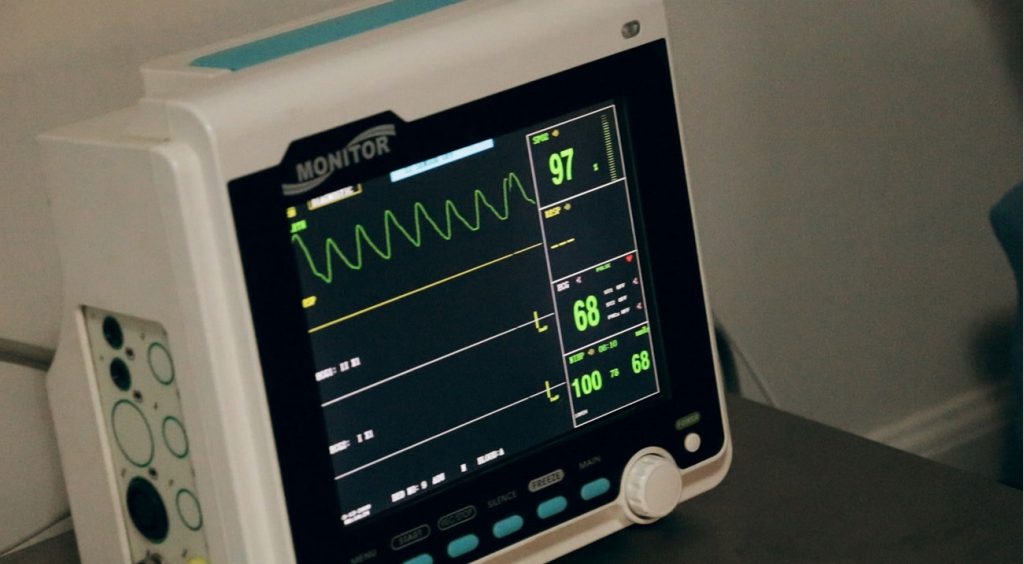Written By: Jonathan Farine and Emma Pedota, Summer Student
Medical malpractice is arguably the most complex of personal injury claims on account of the difficult legal and medical issues, as well as its adversarial and time-consuming nature. Many physicians are members of the Canadian Medical Protective Association (CMPA), which is well funded to defend physicians and hospitals from such lawsuits. Nevertheless, if you have experienced harm or injury as a result of medical malpractice, you are entitled to receive compensation for your damages. A knowledgeable medical malpractice lawyer can help you decide whether you have a case that you should move forward with. Below is a list of the top 10 things to know about medical malpractice.
1. Physicians are Protected by the CMPA
As mentioned, nearly all physicians are members of the CMPA. This is an organization that supports and protects physicians by defending their members in most medical-legal actions from a claim of negligence. This means that the CMPA pays the legal fees to defend its members as well as any potential compensation received by patients. Currently, the CMPA has a $5 billion “war chest” which is used, in part, to provide physicians with legal support in court to fight malpractice suits.[1]
2. You Will Need to Prove that your Physician was Negligent
Canadian medical malpractice claims are subject to Province-specific procedural rules and regulations. However, there are essential elements to every viable medical malpractice case in Canada. You will need to establish:
- a patient-healthcare practitioner relationship existed;
- the practitioner acted negligently by breaching the standard of care required; and
- the negligent action was the cause of actual damages you sustained
Malpractice cases are difficult because it takes very technical expertise and substantial resources to prove that a physician or health care practitioner did not meet the standard of care. Examples of this type of negligence include surgical error, medication prescription error, failure to get informed consent, and poor aftercare.
3. If the College of Physicians and Surgeons of Ontario (CPSO) Dismissed your Complaint, you can still Seek Compensation for Your Injuries
A decision of the CPSO is separate from any civil lawsuits sought against your physician for medical malpractice. The CPSO has the authority to reprimand a physician for their conduct, though they do not have the authority to order compensation be paid to you. This can only happen if a civil action has been commenced.
4. There is a Statute of Limitations on Medical Malpractice Cases
The statute of limitations dictates the amount of time you have to file a lawsuit. The time limits for filing medical malpractice claims in Canada are Province-specific, with most Provinces giving you two years to commence a claim. The two-year clock starts counting from the date a claim is discovered, which usually means the date that you knew that the malpractice caused your injury, or the date when a reasonable person “ought” to have known. One exception to this rule applies in birth trauma cases, where the two-year limitation period does not begin until the child turns 18.
5. You Can’t Sue Just the Hospital and not the Physician Responsible
If an employee under the direction of their employer (in this case a hospital) acted in a negligent manner, the employer is responsible for any injuries that resulted from the negligence. In many cases, physicians are not considered to be direct employees of the hospital but are instead independent contractors. It is rare for a hospital to be found solely liable for a physician’s negligence. Most malpractice suits will name as defendants the physician, hospital, and hospital staff that provided negligent care because of the collaborative nature of medical care.
6. The Supreme Court of Canada Has Put a Limit on Damages
The Supreme Court of Canada has put a cap on “general damages”, which is the amount of damages that can be paid for pain and suffering. The limit was set to $100,000, but because it adjusts over time for inflation it is currently at a maximum of $350,000. Note that this cap for general damages does not include damages such as loss of income, required rehabilitation, or additional medical costs. The limit on damages pertains only to non-quantifiable damages that affect your quality of life, such as emotional, mental, or physical trauma.
7. Medical Malpractice Claims are a Lengthy Process
It may take time for you to discover the potential negligence of your physician after your injury. Once initiated, it takes a significant amount of time to go through years of medical records and understand the context of the care provided. You must then obtain expert medical opinions to build your case around the alleged breach of the standard of care and how it caused the injury. Unlike most insurance companies who are just concerned with the economics, the CMPA cares about the reputation of its member physicians and has been known to spend more money defending lawsuits than a case may be worth. These factors add up to a litigation process that is unlikely to resolve quickly.
8. Winning a Medical Malpractice Claim is Difficult
It is difficult for patients to win at trial in a medical malpractice claim. The CMPA’s 2019 Annual Report[2] states that of 775 resolved legal actions:
- 5 patients won at trial;
- 47 physicians won at trial;
- 285 cases settled; and
- 438 cases were dismissed or abandoned.
That is less than 1% of claims won by patients at trial and more than 50% of claims being discontinued. Even in the face of a growing patient population and a 38% increase in the number of physicians in Canada, the total number of medical malpractice lawsuits have fallen by 5.4%.[3]
9. Medical Malpractice Claims are Expensive
Judges aren’t medical authorities who understand the intricacies of medical procedures, and so they will not infer negligence without expert evidence. Often, numerous experts such as nurses, physicians, and technicians are required to prove different elements of a medical malpractice claim. Once negligence is established, experts are also needed to resolve damages issues, such as quantifying the cost of future care. Obtaining these opinions is costly and disbursements associated with a medical malpractice lawsuit can range from $50,000 to $200,000.[4]
10. Having Experienced Legal Counsel Involved with Your Canadian Medical Malpractice Claim Is Essential
The CMPA is known for vigorously disputing patient malpractice claims, but with the assistance of an experienced medical malpractice lawyer, you stand a much better chance of success through all stages of the litigation process. If you or a loved one has seriously suffered from medical malpractice, please contact one of the critical injury lawyers at McLeish Orlando LLP for a free consultation.
[1] Sandie Rinaldo “How a powerful organization protects doctors from medical error claims”, The Toronto Star (1 April 2021), online: https://www.ctvnews.ca/w5/how-a-powerful-organization-protects-doctors-from-medical-error-claims-1.5341894.
[2] The Canadian Medical Protective Association. 2019 Annual Report. <https://www.cmpa-acpm.ca/static-assets/pdf/about/annual-report/2019/annual-report-e.pdf>
[3] Theresa Boyle, “6 Reasons why it’s so hard to sue doctors and why so little compensation”, Toronto Star,(15 September 2015) online: < https://www.thestar.com/life/health_wellness/2015/09/15/6-reasons-why-its-hard-to-sue-doctors-and-why-so-little-compensation.html>
[4] Lindsay McGivern, “The Financial Burden of Medical Malpractice Lawsuits” (26 July 2018), online: Pacific Medical & Law < https://www.pacificmedicallaw.ca/blog/the-financial-burden-of-medical-malpractice-lawsuits/>






